Home>Furniture & Design>Interior Design Trends>How To Remove Tape Residue From Glass
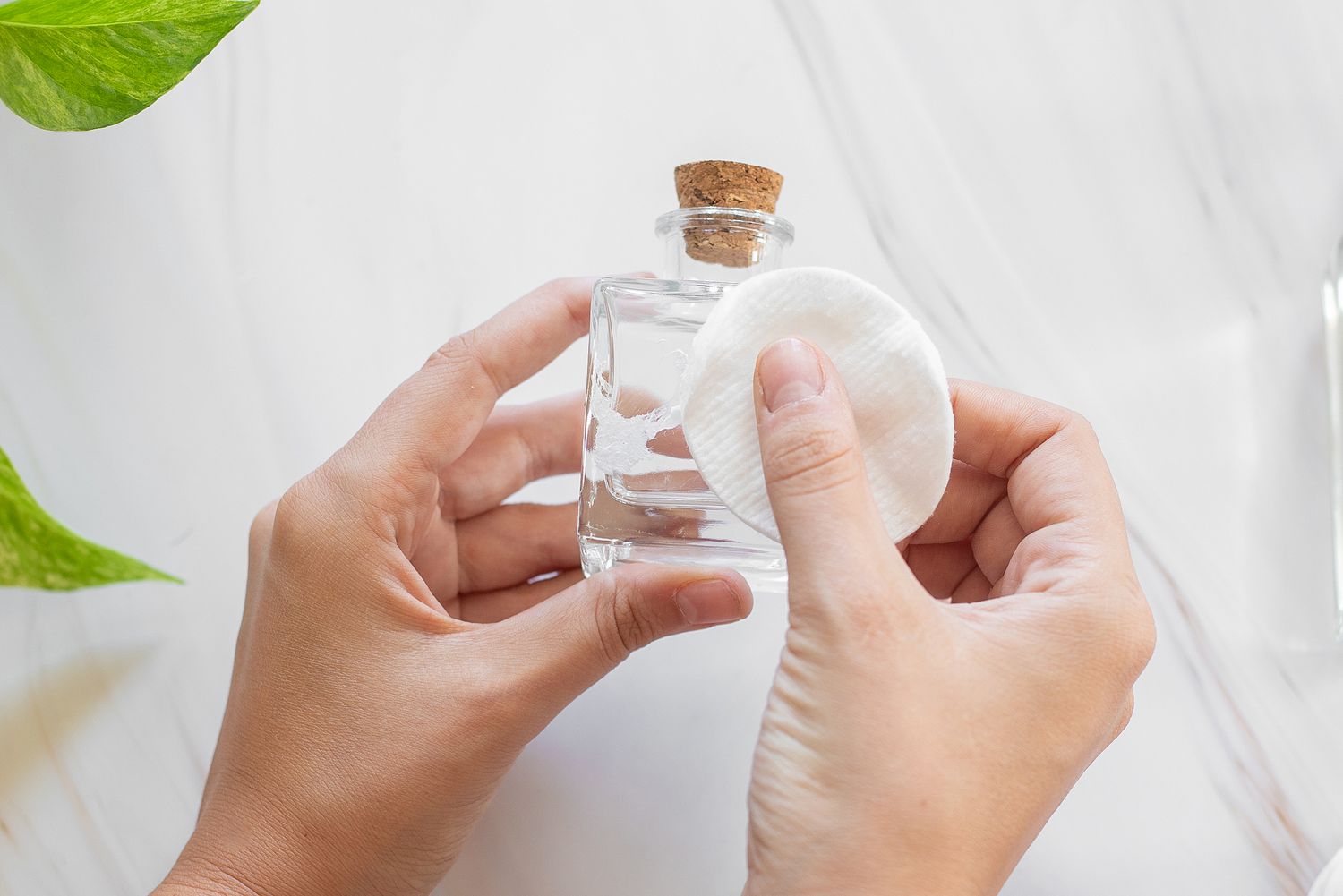

Interior Design Trends
How To Remove Tape Residue From Glass
Modified: March 19, 2024
Learn effective techniques for removing tape residue from glass surfaces and keep up with the latest interior design trends. Say goodbye to sticky messes with our expert tips!
(Many of the links in this article redirect to a specific reviewed product. Your purchase of these products through affiliate links helps to generate commission for Storables.com, at no extra cost. Learn more)
Introduction
Tape residue on glass surfaces can be a stubborn and unsightly issue, often resulting from the use of adhesive tapes for various purposes such as securing decorations, attaching notices, or protecting surfaces during painting. The sticky remnants left behind after tape removal can detract from the pristine appearance of glass, making it essential to address this problem effectively. Fortunately, there are several methods and materials that can be employed to successfully remove tape residue from glass, restoring its clarity and shine.
Understanding the nature of tape residue and the characteristics of glass is crucial in determining the most suitable approach for removal. Glass, known for its smooth and non-porous surface, can be sensitive to certain cleaning agents and techniques. Therefore, it is important to choose a method that effectively eliminates the residue without causing damage to the glass.
In this comprehensive guide, we will explore various methods for removing tape residue from glass, utilizing common household items and commercial products. Each method will be detailed, providing step-by-step instructions to ensure safe and effective residue removal. Additionally, precautions and tips will be shared to help you navigate the process with confidence and achieve optimal results.
By following the methods outlined in this guide, you can bid farewell to unsightly tape residue and restore the pristine appearance of your glass surfaces. Whether it's a glass tabletop, window, or decorative glassware, these proven techniques will empower you to tackle tape residue with ease, allowing the natural beauty of glass to shine through once more. Let's delve into the materials and methods needed to conquer this common household challenge and restore the clarity and allure of glass surfaces.
Key Takeaways:
- Say goodbye to tape residue on glass surfaces by using vinegar, rubbing alcohol, baking soda, or commercial adhesive removers. Follow precautions for safe and effective removal, restoring the pristine appearance of glass.
- Restore the natural beauty of glass surfaces by choosing the right method and materials to remove tape residue. Exercise caution, gentle scrubbing, and thorough rinsing for optimal results.
Understanding Tape Residue
Tape residue, also known as adhesive residue, refers to the sticky substance left behind when adhesive tapes are removed from glass surfaces. This residue is a common issue encountered in households, offices, and various other settings where glass is used. Understanding the nature of tape residue is essential in effectively addressing this challenge.
The composition of tape residue can vary depending on the type of adhesive used in the tape. Adhesive tapes typically contain a pressure-sensitive adhesive (PSA) that adheres to surfaces upon application. When the tape is removed, the adhesive may leave behind a sticky residue due to its cohesive and adhesive properties. This residue can attract dust, dirt, and other particles, further exacerbating its unsightly appearance.
The characteristics of tape residue can also be influenced by environmental factors such as temperature and humidity. In warmer climates, the adhesive residue may become softer and more challenging to remove, while colder temperatures can cause it to harden and adhere firmly to the glass surface.
Furthermore, the duration for which the tape remains in place can impact the severity of the residue. Long-term adhesion can result in a more stubborn and resilient residue, requiring thorough removal techniques to restore the glass surface to its original state.
It's important to note that different types of adhesive tapes, such as masking tape, duct tape, and double-sided tape, may leave behind varying degrees of residue. Some tapes are designed to be easily removable without leaving significant residue, while others may require more intensive removal methods.
Understanding the nature of tape residue is crucial in selecting the appropriate method for removal. By considering the composition of the adhesive, environmental factors, and the duration of adhesion, you can tailor your approach to effectively eliminate the residue without causing damage to the glass surface. With this understanding in mind, let's explore the materials and methods needed to tackle tape residue and restore the pristine appearance of glass surfaces.
Materials Needed
When it comes to removing tape residue from glass, having the right materials at your disposal is essential for achieving successful and safe results. The following list outlines the materials needed to effectively tackle tape residue on glass surfaces:
-
Vinegar: White vinegar, known for its acidic properties, is a versatile and effective cleaning agent. Its acidic nature makes it well-suited for breaking down adhesive residue, making it easier to remove from glass surfaces.
-
Rubbing Alcohol: Isopropyl alcohol, commonly known as rubbing alcohol, is a potent solvent that can effectively dissolve adhesive residue. It is readily available and can be used to tackle stubborn tape remnants on glass.
-
Baking Soda: This household staple is renowned for its abrasive and absorbent properties, making it an excellent option for gently scrubbing away tape residue from glass surfaces without causing damage.
-
Commercial Adhesive Remover: There are various commercial adhesive removers available in the market specifically formulated for removing stubborn residues from different surfaces, including glass. These products are designed to be safe for use on glass and can expedite the removal process.
-
Microfiber Cloth: A soft and lint-free microfiber cloth is ideal for wiping and buffing glass surfaces during the residue removal process. Its gentle texture helps prevent scratches and ensures a streak-free finish.
-
Plastic Scraper or Credit Card: A plastic scraper or an old credit card can be used to gently scrape off larger or stubborn remnants of tape residue from the glass surface without causing scratches.
-
Warm Water: Warm water serves as a versatile and gentle solvent for loosening adhesive residue and preparing the glass surface for further cleaning.
-
Dish Soap: Mild dish soap can be used in combination with warm water to create a gentle cleaning solution for pre-treating and removing surface dirt and grime before addressing the tape residue.
By ensuring that these materials are readily available, you can approach the task of removing tape residue from glass surfaces with confidence and efficiency. Each material serves a specific purpose in the residue removal process, whether it involves dissolving the adhesive, gently scrubbing the surface, or providing a streak-free finish. With these materials at hand, you are well-equipped to embark on the journey of restoring the pristine clarity of glass surfaces by effectively eliminating tape residue.
Methods for Removing Tape Residue
When it comes to removing tape residue from glass surfaces, several effective methods can be employed using common household items and commercial products. Each method offers a unique approach to addressing the stubborn remnants of adhesive left behind by tapes, allowing for safe and efficient residue removal. Let's explore these methods in detail to equip you with the knowledge and techniques needed to restore the pristine appearance of glass surfaces.
Method 1: Using Vinegar
Vinegar, particularly white vinegar, is a versatile and cost-effective solution for removing tape residue from glass. Its acidic properties make it an effective adhesive solvent, capable of breaking down the sticky remnants for easy removal. To utilize vinegar for residue removal, start by diluting it with water in a 1:1 ratio to create a gentle cleaning solution. Apply the vinegar solution to the affected area and allow it to sit for a few minutes to penetrate the residue. Then, gently scrub the glass surface with a microfiber cloth or sponge to lift the softened residue. Finally, rinse the area with warm water and dry it thoroughly to reveal a residue-free, gleaming surface.
Read more: How To Remove Sticker Residue From Glass
Method 2: Using Rubbing Alcohol
Rubbing alcohol, or isopropyl alcohol, is a potent solvent that excels in dissolving adhesive residue from glass surfaces. To begin, dampen a microfiber cloth with rubbing alcohol and gently dab it onto the tape residue. Allow the alcohol to penetrate the residue for a few minutes, effectively loosening its grip on the glass. Next, gently rub the area with the damp cloth, applying slight pressure to lift the softened residue. Once the residue is removed, rinse the glass surface with warm water and dry it to achieve a pristine, residue-free finish.
Method 3: Using Baking Soda
Baking soda, renowned for its abrasive and absorbent properties, offers a gentle yet effective approach to removing tape residue from glass. Create a paste by mixing baking soda with a small amount of water to form a thick, spreadable consistency. Apply the paste to the affected area and gently scrub the residue using a soft cloth or sponge. The mild abrasiveness of the baking soda paste helps lift the residue without scratching the glass surface. After scrubbing, rinse the area with warm water and dry it thoroughly to reveal a clean and clear glass surface.
Method 4: Using Commercial Adhesive Remover
Commercial adhesive removers are specifically formulated to tackle stubborn residues on various surfaces, including glass. These products are available in spray or liquid form and are designed to expedite the residue removal process. Follow the manufacturer's instructions for the specific adhesive remover you choose, ensuring that it is safe for use on glass surfaces. Typically, you would apply the adhesive remover to the affected area, allow it to penetrate the residue, and then gently wipe or scrub the glass surface to remove the softened residue. Rinse the area with warm water and dry it to unveil a residue-free, sparkling glass surface.
By employing these methods, you can effectively remove tape residue from glass surfaces, restoring their clarity and allure. Each method offers a unique approach to addressing adhesive remnants, providing you with the flexibility to choose the most suitable technique based on the available materials and your preference. With these proven methods at your disposal, you can confidently tackle tape residue on glass surfaces, ensuring that they remain pristine and free from unsightly remnants.
Method 1: Using Vinegar
Vinegar, particularly white vinegar, is a versatile and cost-effective solution for removing tape residue from glass surfaces. Its acidic properties make it an effective adhesive solvent, capable of breaking down the sticky remnants for easy removal. This method offers a natural and gentle approach to tackling tape residue, making it an ideal choice for those seeking a non-toxic and environmentally friendly solution.
To utilize vinegar for residue removal, start by diluting it with water in a 1:1 ratio to create a gentle cleaning solution. This dilution helps ensure that the acidity of the vinegar is balanced, preventing any potential damage to the glass surface. Once the vinegar solution is prepared, apply it to the affected area where the tape residue is present. Ensure that the entire residue-covered area is adequately saturated with the vinegar solution.
Allow the vinegar solution to sit on the residue for a few minutes to penetrate and soften the adhesive remnants. This dwell time is crucial as it allows the acidic properties of the vinegar to effectively break down the sticky residue, making it easier to remove from the glass surface. During this waiting period, the vinegar works to weaken the bond between the adhesive and the glass, facilitating the subsequent removal process.
After the dwell time has elapsed, take a microfiber cloth or sponge and gently scrub the glass surface to lift the softened residue. The gentle abrasiveness of the cloth or sponge, combined with the adhesive-dissolving properties of the vinegar, helps to effectively remove the tape residue without causing damage to the glass. It is important to use gentle pressure during the scrubbing process to avoid scratching the glass surface.
Once the residue has been lifted, rinse the area with warm water to remove any remaining vinegar solution and loosened residue. Thoroughly dry the glass surface with a clean, dry microfiber cloth to reveal a residue-free, gleaming finish. The result is a pristine glass surface, free from unsightly tape remnants, and restored to its original clarity and allure.
By utilizing vinegar as a natural adhesive solvent, you can effectively remove tape residue from glass surfaces in a safe and environmentally conscious manner. This method offers a simple yet powerful approach to addressing adhesive remnants, ensuring that your glass surfaces remain clean, clear, and free from the unsightly effects of tape residue.
Read more: How To Remove Goo Gone Residue From Glass
Method 2: Using Rubbing Alcohol
Rubbing alcohol, also known as isopropyl alcohol, is a potent solvent that excels in dissolving adhesive residue from glass surfaces. This method offers a straightforward and effective approach to removing stubborn tape remnants, making it an ideal choice for those seeking a reliable and readily available solution.
To begin the process of using rubbing alcohol for residue removal, you will need a bottle of isopropyl alcohol and a soft microfiber cloth. Start by dampening the microfiber cloth with rubbing alcohol, ensuring that it is sufficiently saturated but not dripping. The alcohol-soaked cloth serves as a targeted applicator, allowing you to focus on the specific areas affected by tape residue.
Gently dab the alcohol-soaked cloth onto the tape residue, ensuring that the affected area is thoroughly covered. The rubbing alcohol works swiftly to penetrate the adhesive residue, effectively loosening its grip on the glass surface. This initial application serves to prepare the residue for the subsequent removal process, making it easier to lift and eliminate.
Allow the rubbing alcohol to penetrate the residue for a few minutes, enabling it to effectively dissolve the adhesive remnants. During this dwell time, the alcohol works to weaken the bond between the residue and the glass, facilitating the subsequent removal process. This step is crucial in ensuring that the residue is adequately softened and ready for removal.
After the dwell time has elapsed, gently rub the area with the alcohol-dampened cloth, applying slight pressure to lift the softened residue. The combination of the alcohol's solvent properties and the gentle abrasiveness of the cloth effectively removes the tape residue without causing damage to the glass surface. It is important to use gentle and controlled movements during this process to avoid scratching the glass.
Once the residue has been successfully removed, rinse the glass surface with warm water to remove any remaining rubbing alcohol and loosened residue. Thoroughly dry the glass with a clean, dry microfiber cloth to reveal a pristine, residue-free finish. The result is a glass surface that is free from the unsightly remnants of tape residue, restored to its original clarity and allure.
By utilizing rubbing alcohol as a potent adhesive solvent, you can effectively remove tape residue from glass surfaces with ease and efficiency. This method offers a reliable and accessible solution for addressing adhesive remnants, ensuring that your glass surfaces remain clean, clear, and free from the unsightly effects of tape residue.
Method 3: Using Baking Soda
Baking soda, renowned for its abrasive and absorbent properties, offers a gentle yet effective approach to removing tape residue from glass surfaces. This method provides a natural and non-toxic alternative for those seeking a mild yet powerful solution to tackle stubborn adhesive remnants.
To begin the process of using baking soda for residue removal, you will need a box of baking soda and a small amount of water to create a paste. Start by mixing the baking soda with water to form a thick, spreadable consistency. The resulting paste serves as a gentle abrasive agent that aids in lifting the tape residue without causing damage to the glass surface.
Once the baking soda paste is prepared, apply it to the affected area where the tape residue is present. Ensure that the entire residue-covered area is adequately coated with the baking soda paste. The mild abrasiveness of the paste works to effectively loosen and lift the adhesive remnants from the glass surface.
Using a soft cloth or sponge, gently scrub the residue-covered area, applying controlled pressure to facilitate the removal process. The combination of the baking soda's abrasive properties and the gentle scrubbing action helps to lift the residue without scratching the glass. It is important to use gentle and controlled movements during this process to ensure the safety of the glass surface.
After scrubbing, rinse the area with warm water to remove any remaining baking soda paste and loosened residue. Thoroughly dry the glass with a clean, dry microfiber cloth to reveal a clean and clear surface. The result is a glass surface that is free from the unsightly remnants of tape residue, restored to its original clarity and allure.
By utilizing baking soda as a gentle abrasive agent, you can effectively remove tape residue from glass surfaces in a safe and environmentally friendly manner. This method offers a simple yet powerful approach to addressing adhesive remnants, ensuring that your glass surfaces remain clean, clear, and free from the unsightly effects of tape residue.
Use a mixture of equal parts vinegar and water to soak the tape residue on the glass. Let it sit for a few minutes, then scrub with a sponge or cloth. The residue should come off easily.
Method 4: Using Commercial Adhesive Remover
Commercial adhesive removers are specifically formulated to tackle stubborn residues on various surfaces, including glass. These products offer a convenient and efficient solution for removing tape residue, providing a targeted approach to addressing adhesive remnants without causing damage to the glass surface.
To begin the process of using a commercial adhesive remover for residue removal, it is essential to select a product that is safe for use on glass surfaces. Read the manufacturer's instructions and product labels carefully to ensure that the adhesive remover is compatible with glass and suitable for the type of residue you are dealing with.
Once you have chosen a suitable adhesive remover, follow the manufacturer's instructions for application. Typically, these products are available in spray or liquid form, allowing for easy and precise application to the affected area. Begin by applying the adhesive remover to the tape residue, ensuring that the entire affected area is adequately covered.
Allow the adhesive remover to penetrate the residue according to the recommended dwell time specified by the manufacturer. This dwell time is crucial as it allows the product to effectively break down the adhesive remnants, making them easier to remove from the glass surface. During this waiting period, the adhesive remover works to weaken the bond between the residue and the glass, facilitating the subsequent removal process.
After the specified dwell time has elapsed, use a soft cloth or sponge to gently wipe or scrub the glass surface, focusing on the areas where the residue is present. The adhesive remover, combined with the gentle scrubbing action, effectively lifts and removes the softened residue without causing damage to the glass. It is important to use controlled movements during this process to ensure the safety of the glass surface.
Once the residue has been successfully removed, rinse the glass surface with warm water to remove any remaining adhesive remover and loosened residue. Thoroughly dry the glass with a clean, dry microfiber cloth to reveal a pristine, residue-free finish. The result is a glass surface that is free from the unsightly remnants of tape residue, restored to its original clarity and allure.
By utilizing a commercial adhesive remover, you can effectively remove tape residue from glass surfaces with precision and ease. This method offers a targeted and efficient solution for addressing adhesive remnants, ensuring that your glass surfaces remain clean, clear, and free from the unsightly effects of tape residue.
Precautions and Tips
When removing tape residue from glass surfaces, it is essential to exercise caution and adhere to certain precautions and tips to ensure a safe and effective removal process. By following these guidelines, you can minimize the risk of damage to the glass and achieve optimal results. Here are some key precautions and tips to consider:
-
Spot Testing: Before applying any cleaning solution or adhesive remover to the entire glass surface, it is advisable to conduct a spot test in an inconspicuous area. This allows you to assess the compatibility of the cleaning agent with the glass and ensures that it does not cause any adverse effects such as discoloration or etching.
-
Gentle Scrubbing: When scrubbing the glass surface to remove tape residue, use gentle and controlled movements to avoid scratching or damaging the glass. Opt for soft cloths, sponges, or brushes with non-abrasive bristles to minimize the risk of surface abrasion.
-
Avoid Harsh Abrasives: Refrain from using harsh abrasives such as steel wool, metal scrapers, or abrasive cleaning pads, as these can scratch and mar the glass surface. It is important to prioritize gentle cleaning methods to preserve the integrity of the glass.
-
Ventilation: When using commercial adhesive removers or cleaning agents in an enclosed space, ensure adequate ventilation to disperse fumes and prevent inhalation of potentially harmful vapors. Open windows or use fans to promote air circulation during the removal process.
-
Protective Gear: If handling strong cleaning agents or adhesive removers, consider wearing protective gloves and, if necessary, eye protection to safeguard against skin irritation or accidental contact with the eyes.
-
Read Product Labels: When using commercial adhesive removers or cleaning solutions, carefully read and follow the instructions provided by the manufacturer. Pay attention to any safety precautions, application guidelines, and recommended dwell times to ensure safe and effective usage.
-
Rinse Thoroughly: After removing the tape residue, thoroughly rinse the glass surface with warm water to remove any remaining cleaning agents or residue. This helps prevent chemical buildup and ensures a clean and streak-free finish.
-
Dry Completely: Once the residue has been removed and the glass surface has been rinsed, use a clean, dry microfiber cloth to thoroughly dry the glass. This helps prevent water spots and ensures a pristine, residue-free appearance.
By observing these precautions and tips, you can navigate the process of removing tape residue from glass surfaces with confidence and care. These guidelines are designed to promote safe and effective residue removal while safeguarding the integrity of the glass, allowing you to restore its clarity and allure without compromising its quality.
Read more: How To Remove Alien Tape From Glass
Conclusion
In conclusion, the successful removal of tape residue from glass surfaces is achievable through the application of effective methods and the utilization of appropriate materials. The methods outlined in this comprehensive guide, including the use of vinegar, rubbing alcohol, baking soda, and commercial adhesive removers, offer versatile and reliable approaches to addressing adhesive remnants without compromising the integrity of the glass. Each method presents a unique set of advantages, catering to diverse preferences and availability of materials.
By understanding the nature of tape residue and the characteristics of glass, individuals can make informed decisions regarding the most suitable method for residue removal. Whether opting for natural solutions such as vinegar and baking soda or leveraging the potency of rubbing alcohol and commercial adhesive removers, the key lies in selecting an approach that aligns with the specific needs of the glass surface.
Furthermore, the precautions and tips provided serve as essential guidelines for ensuring a safe and effective residue removal process. By exercising caution, conducting spot tests, and prioritizing gentle cleaning methods, individuals can safeguard the integrity of the glass while achieving optimal results.
Ultimately, the successful removal of tape residue from glass surfaces not only restores their pristine appearance but also enhances their longevity and visual appeal. Whether it's a glass tabletop, window, or decorative glassware, the elimination of unsightly remnants allows the natural beauty of glass to shine through, creating a welcoming and aesthetically pleasing environment.
By following the methods and guidelines outlined in this guide, individuals can confidently address tape residue on glass surfaces, ensuring that they remain clean, clear, and free from the unsightly effects of adhesive remnants. With the right materials, methods, and precautions at their disposal, individuals can embark on the journey of restoring the clarity and allure of glass surfaces, allowing them to fully appreciate the timeless elegance and versatility of this beloved material.
Frequently Asked Questions about How To Remove Tape Residue From Glass
Was this page helpful?
At Storables.com, we guarantee accurate and reliable information. Our content, validated by Expert Board Contributors, is crafted following stringent Editorial Policies. We're committed to providing you with well-researched, expert-backed insights for all your informational needs.
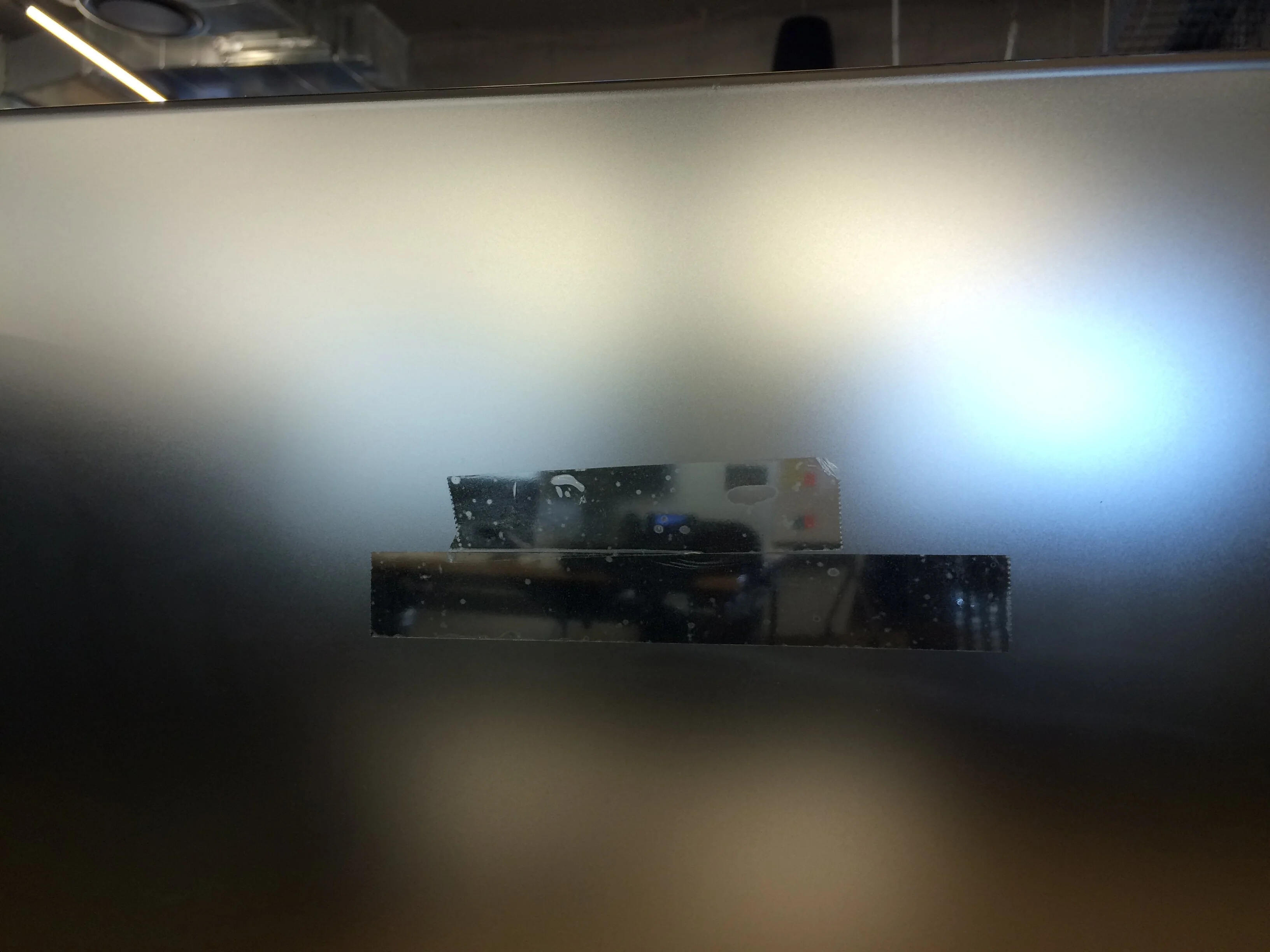
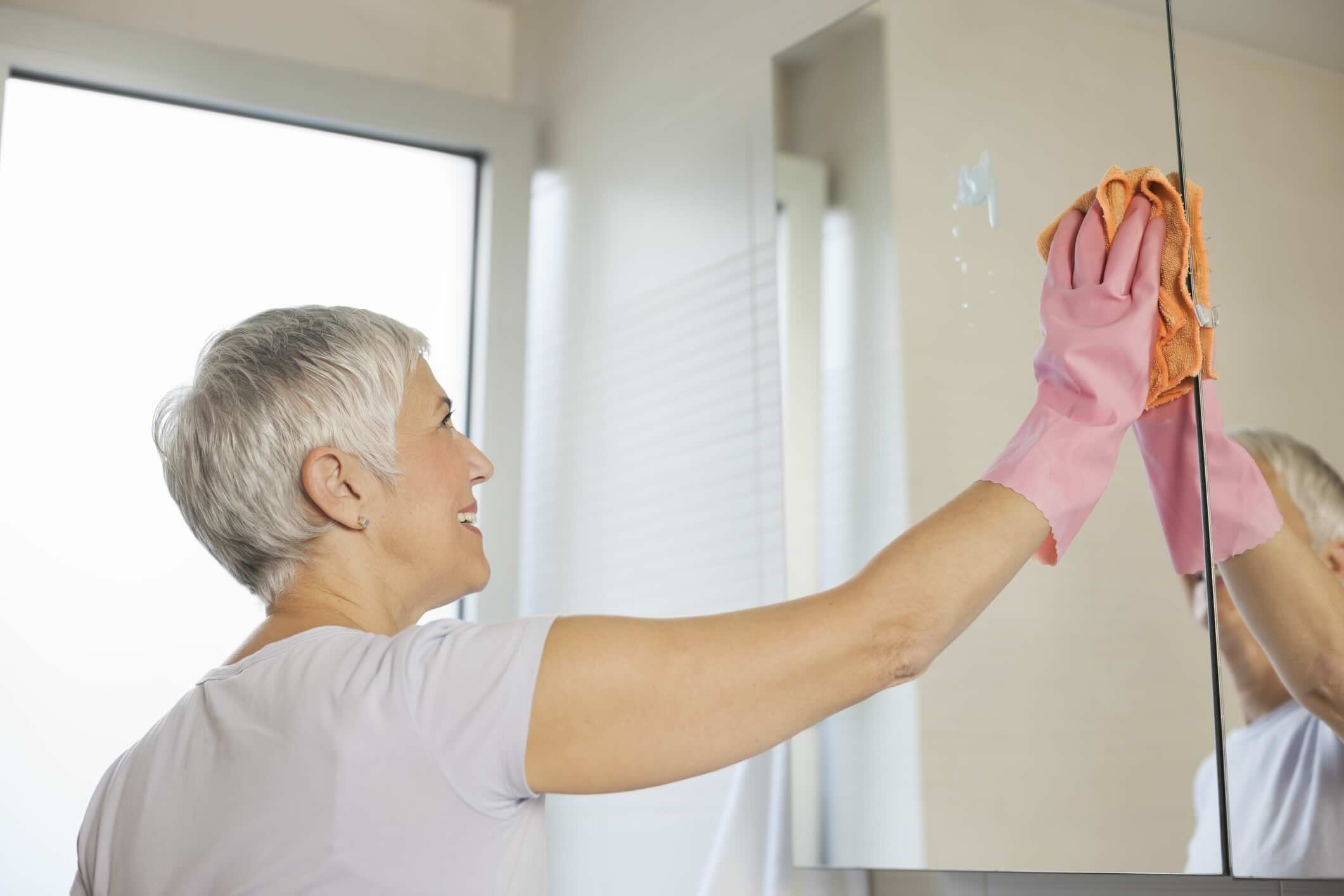
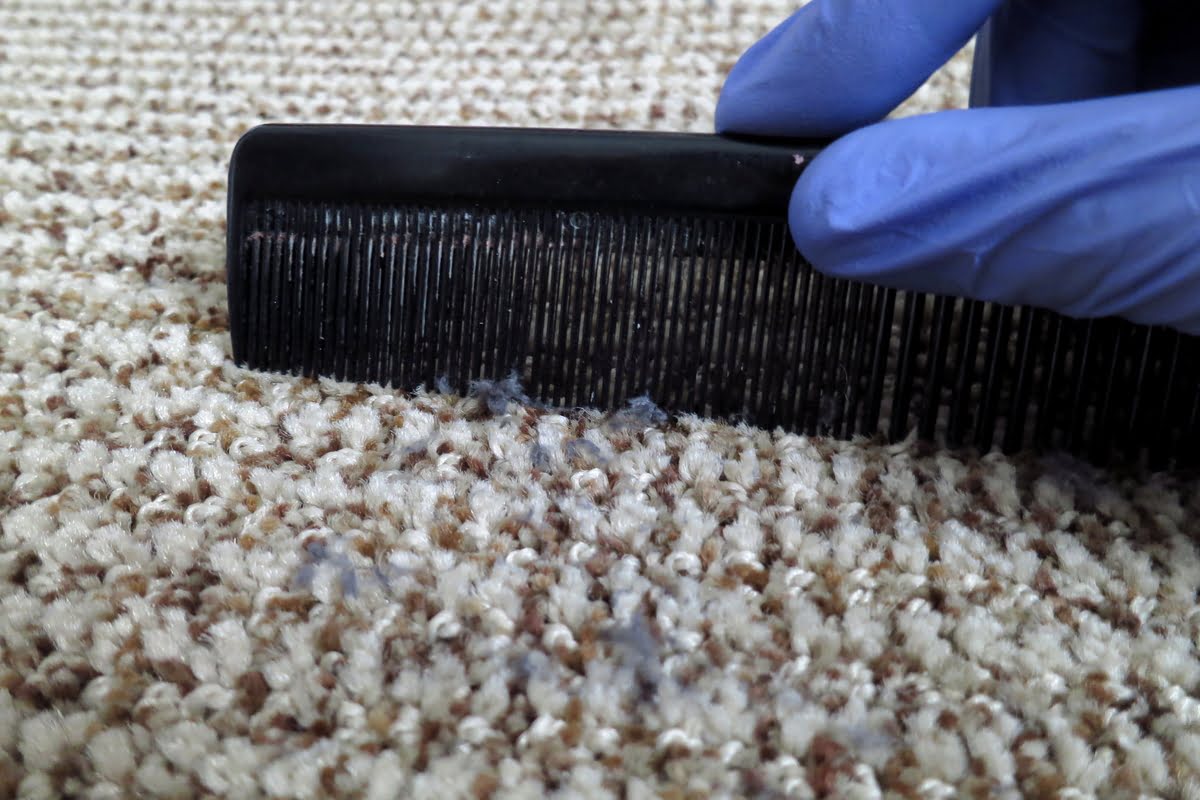
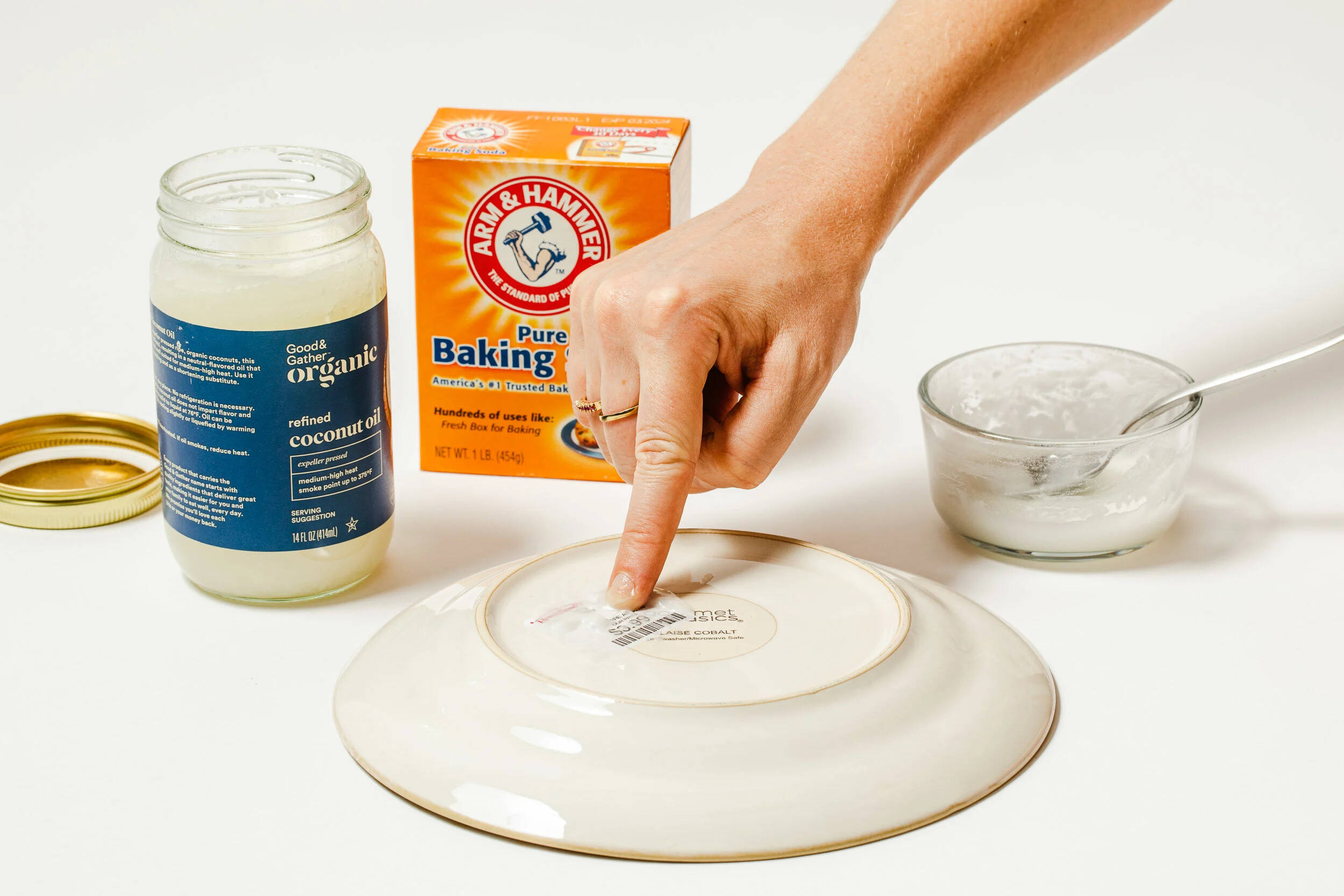
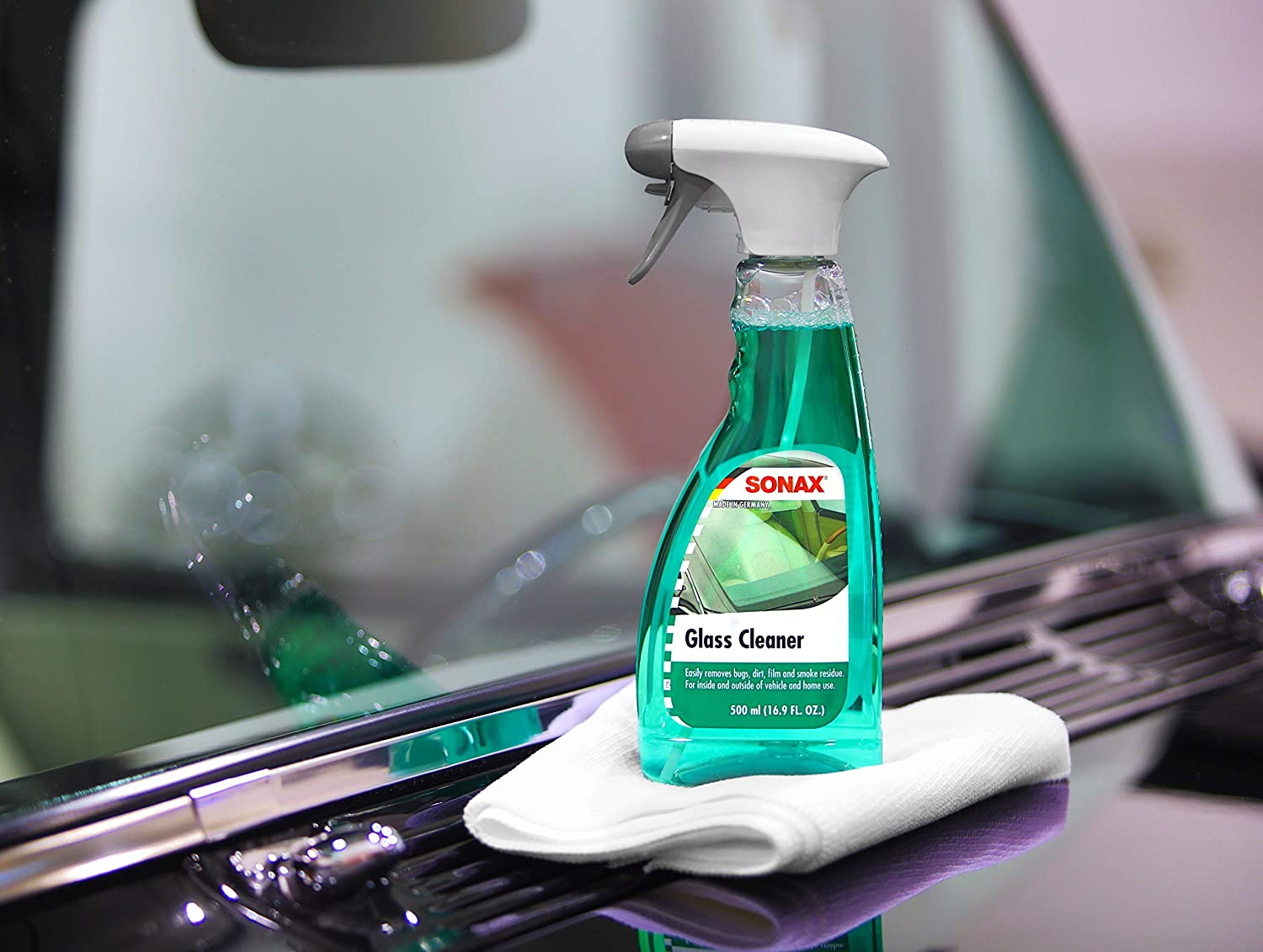
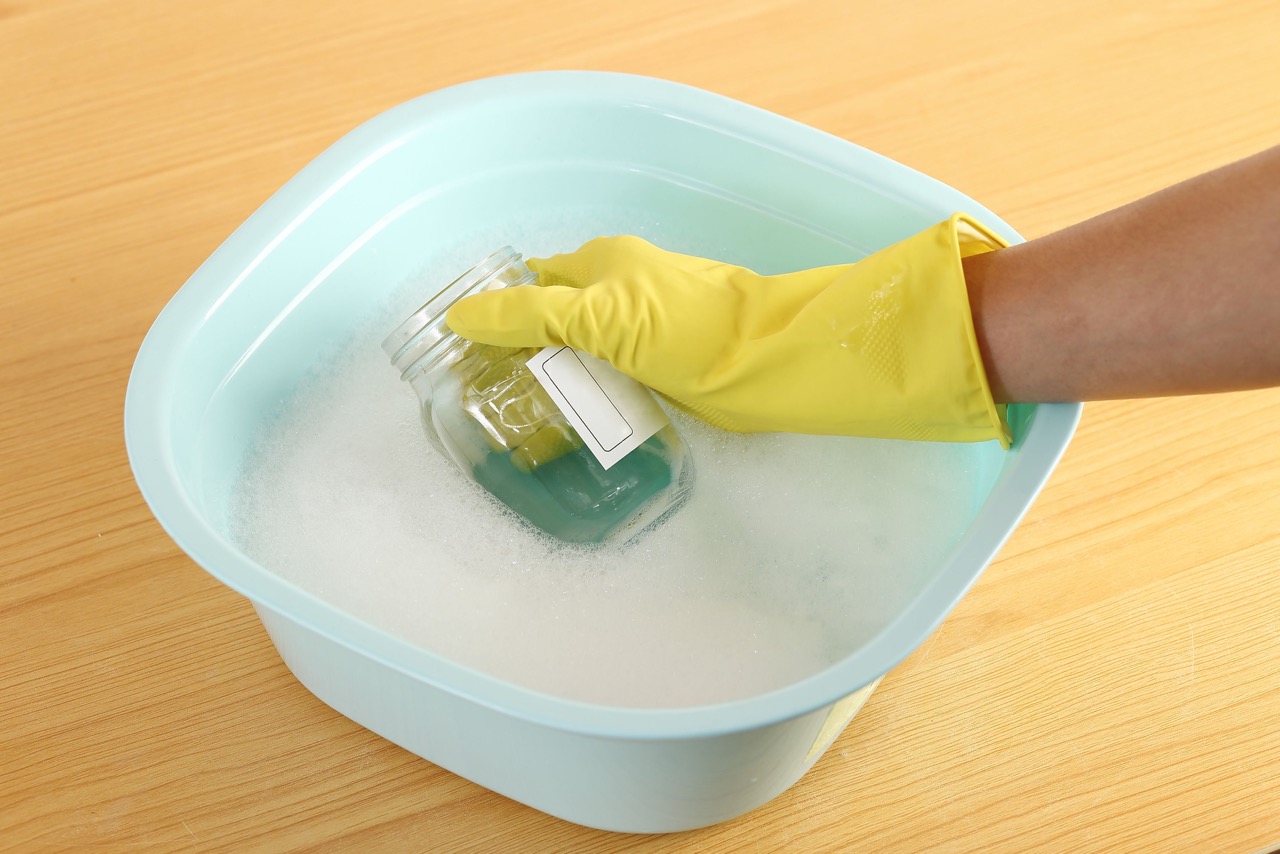
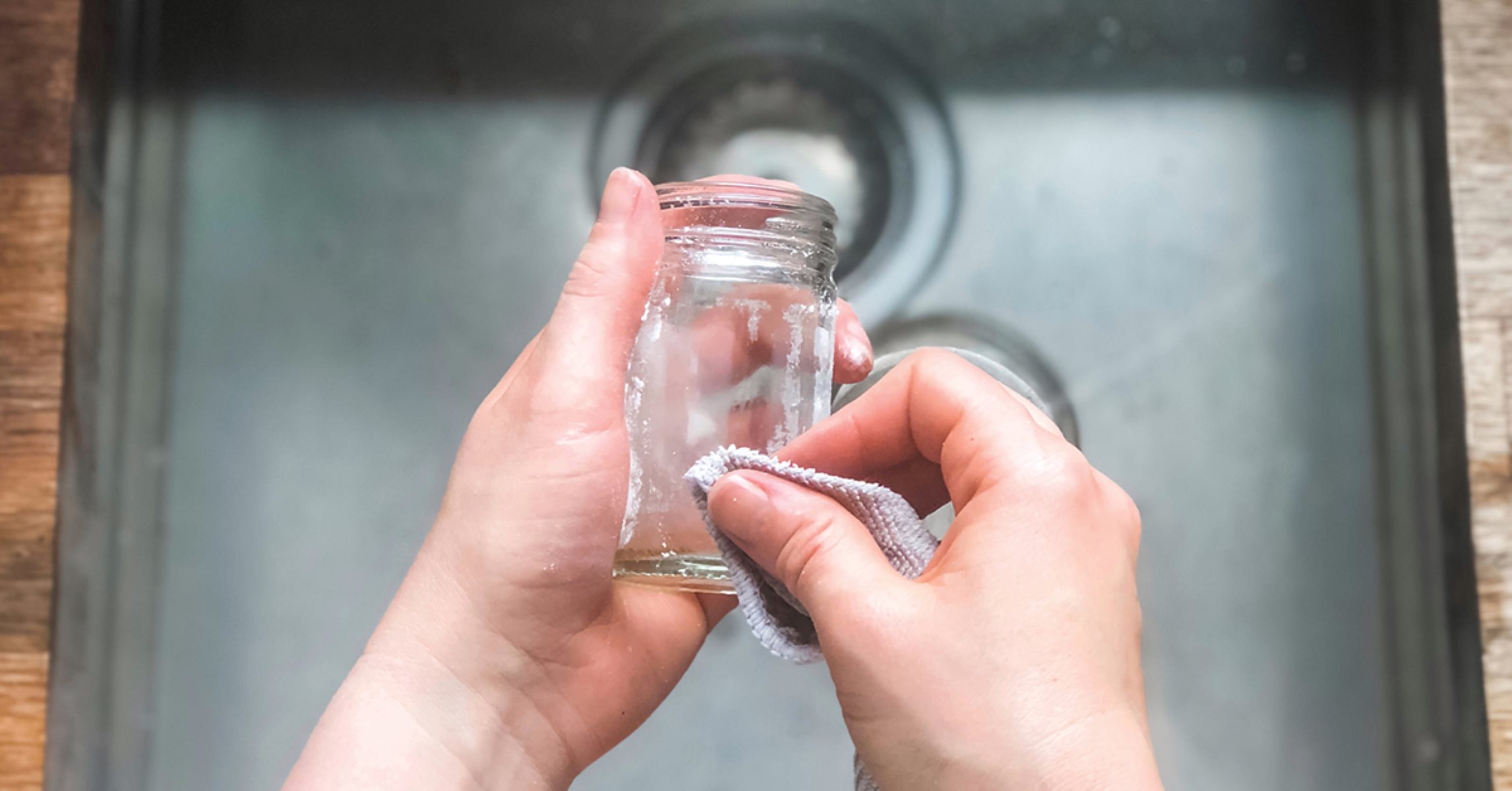
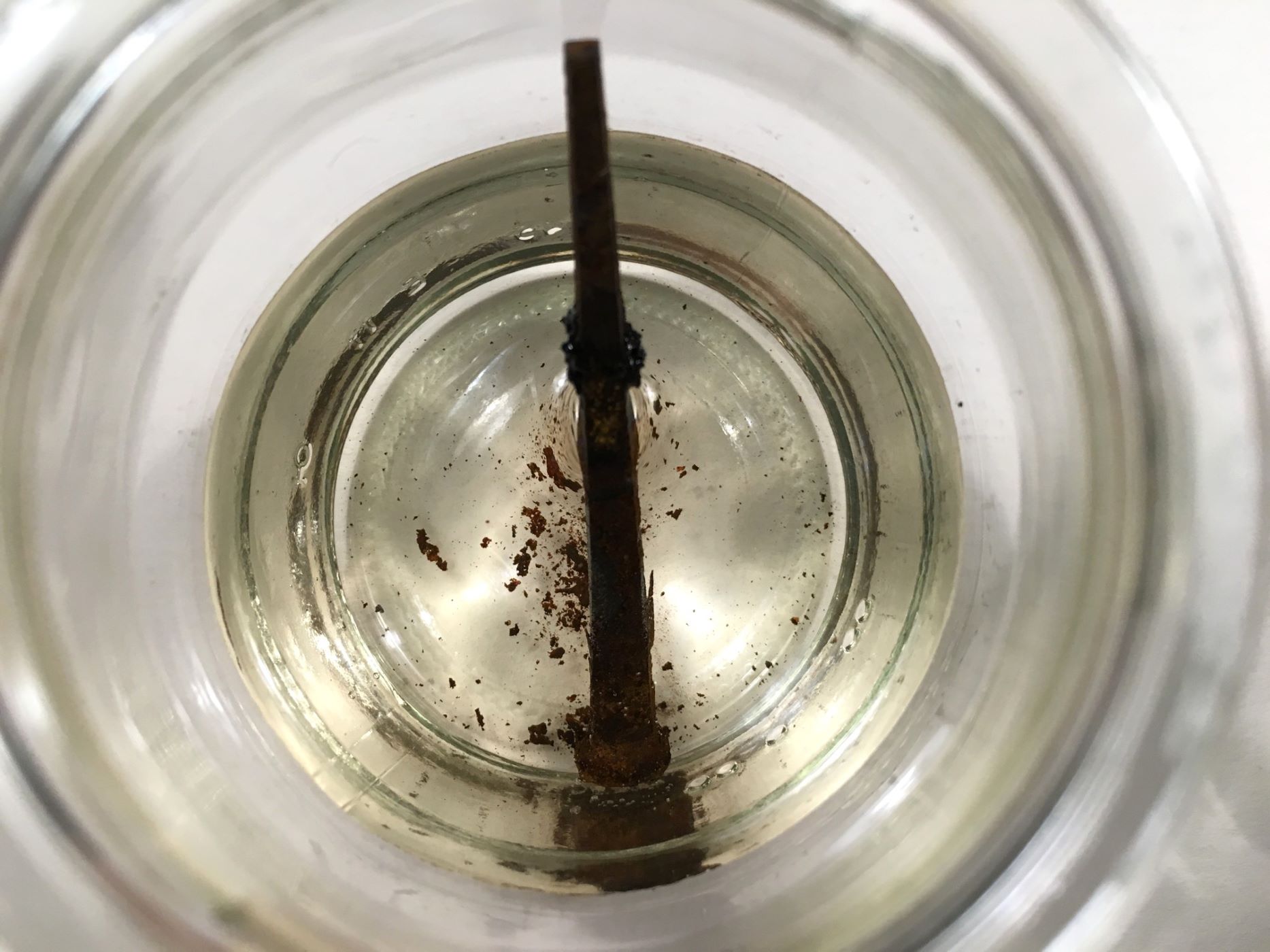
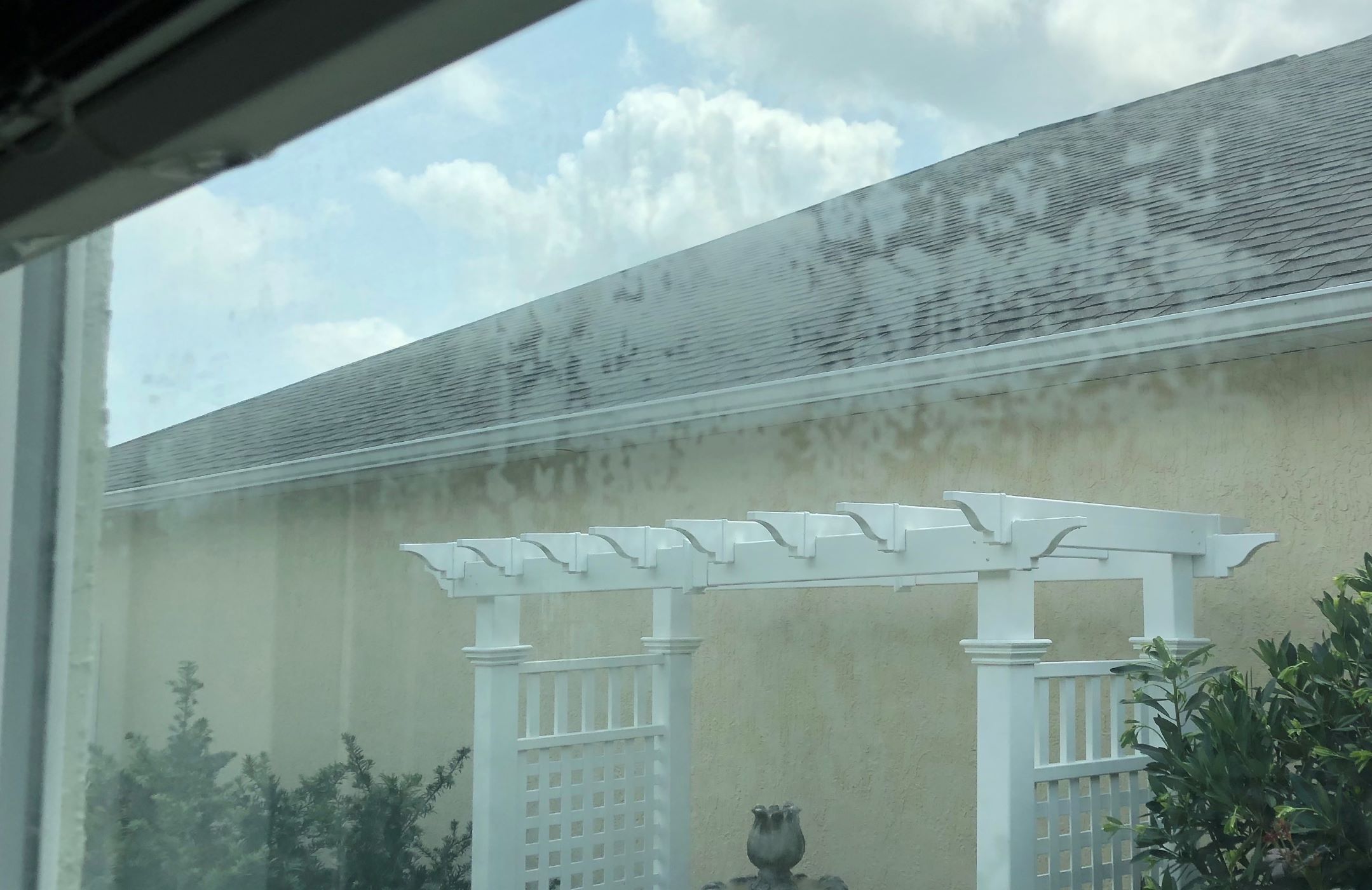
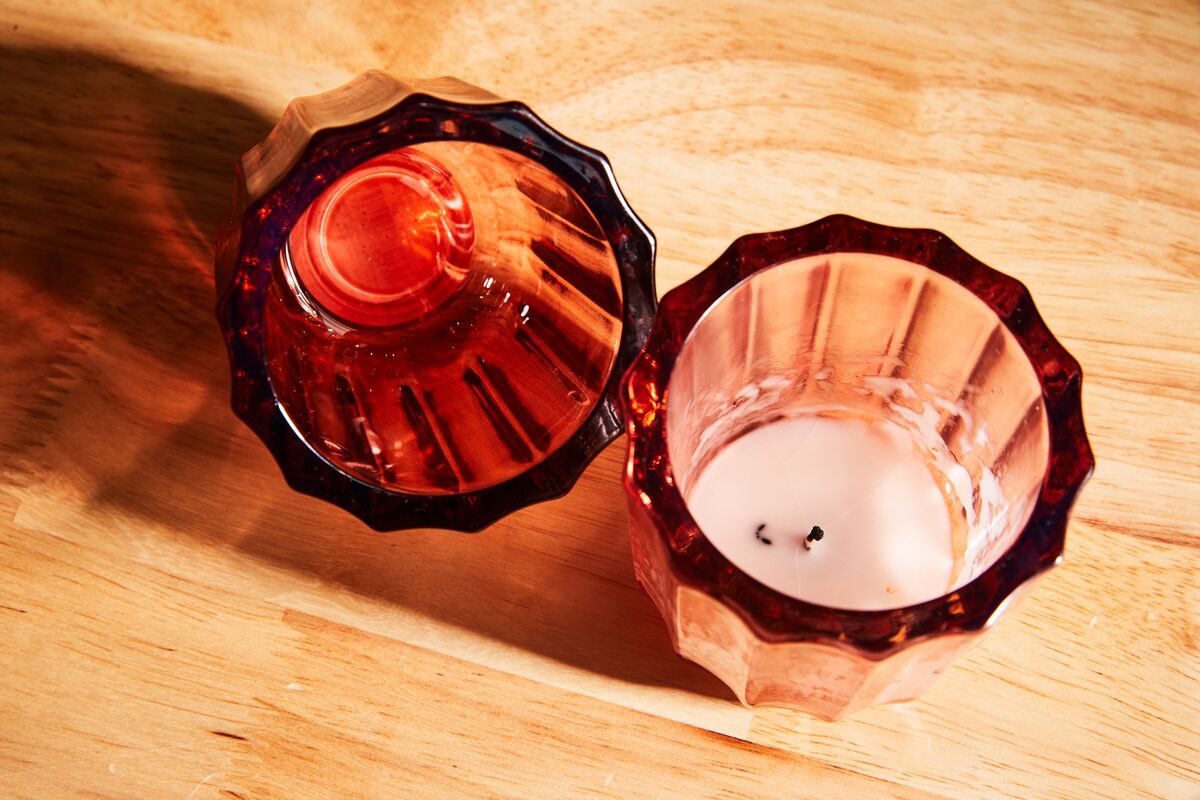
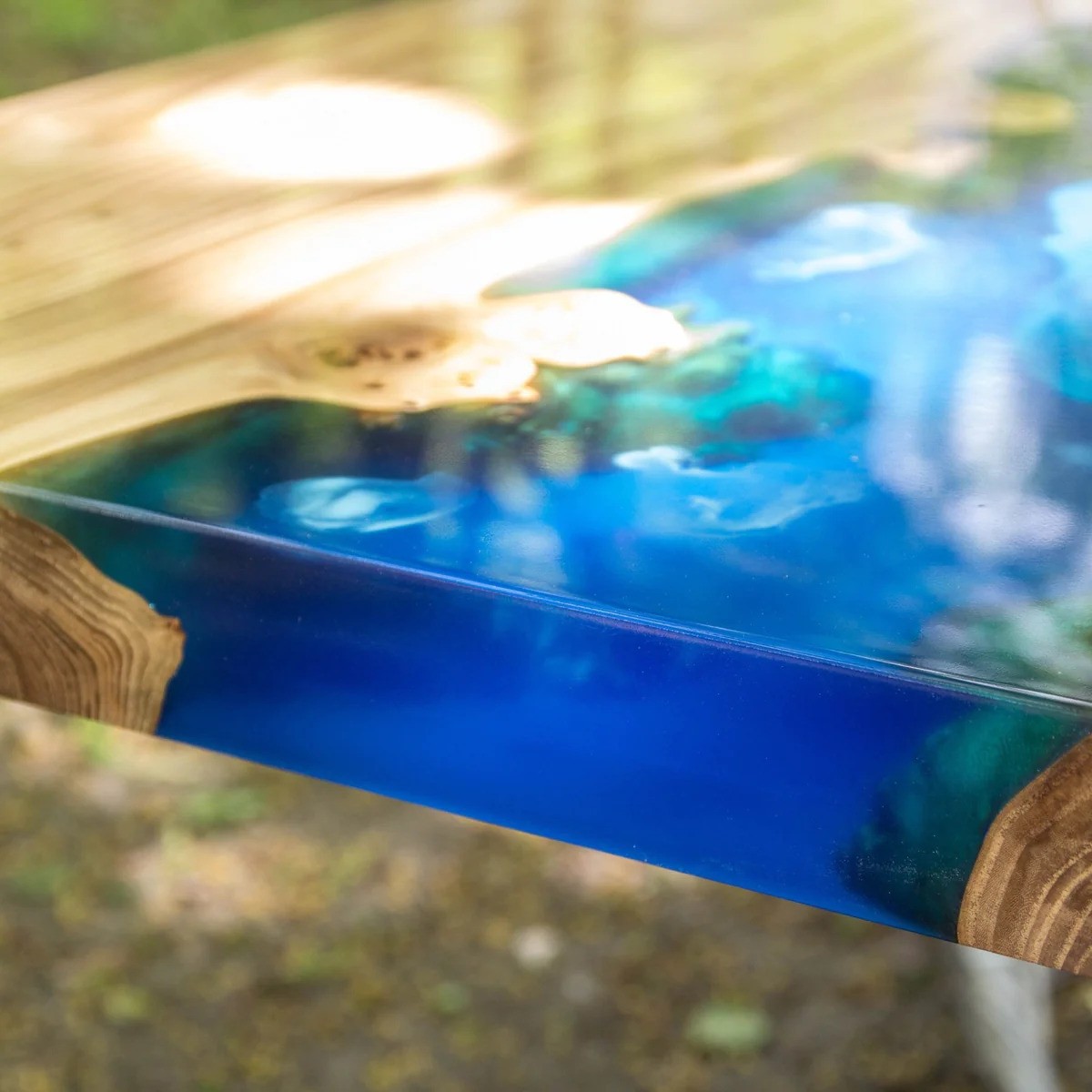
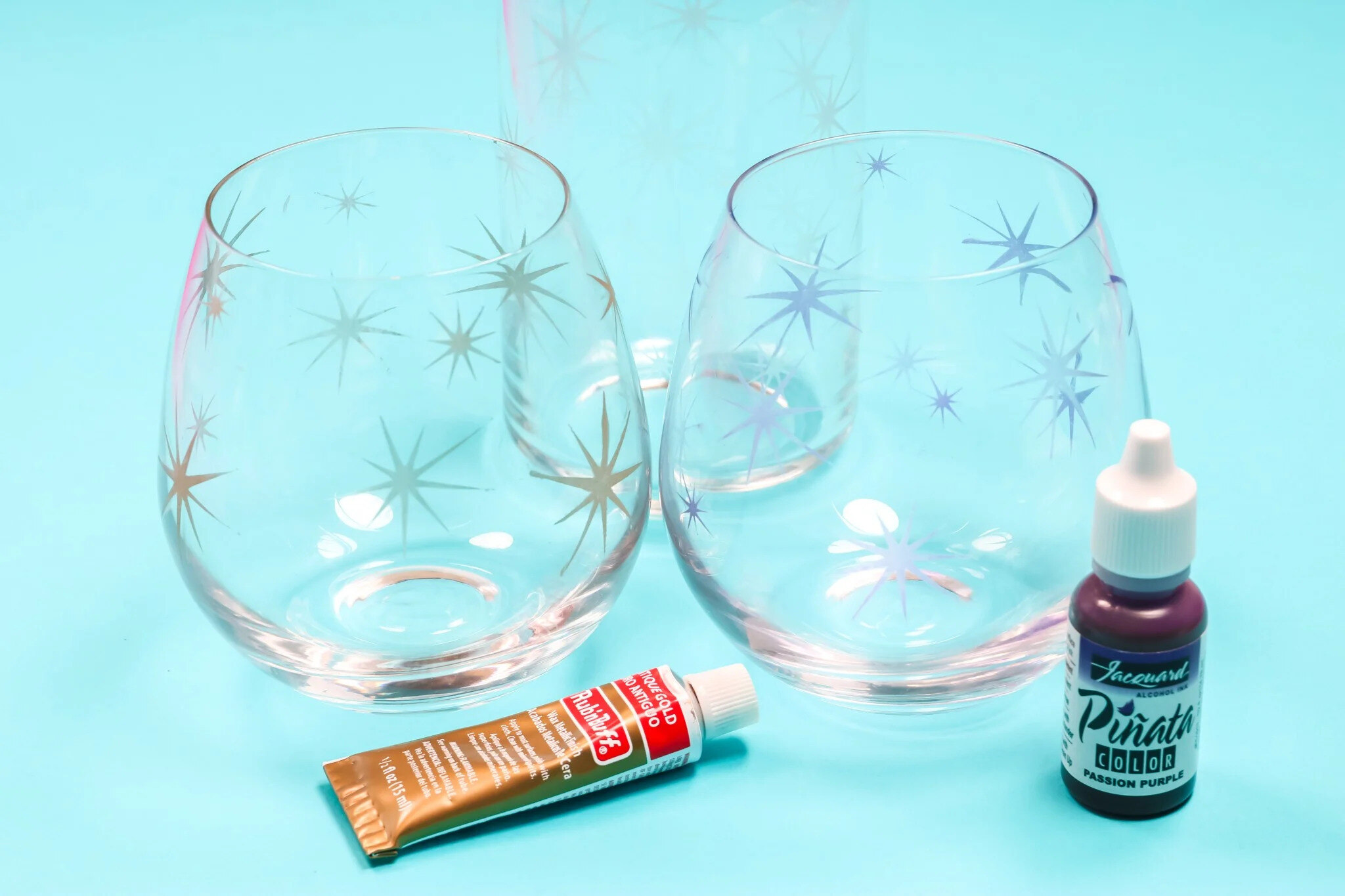

0 thoughts on “How To Remove Tape Residue From Glass”